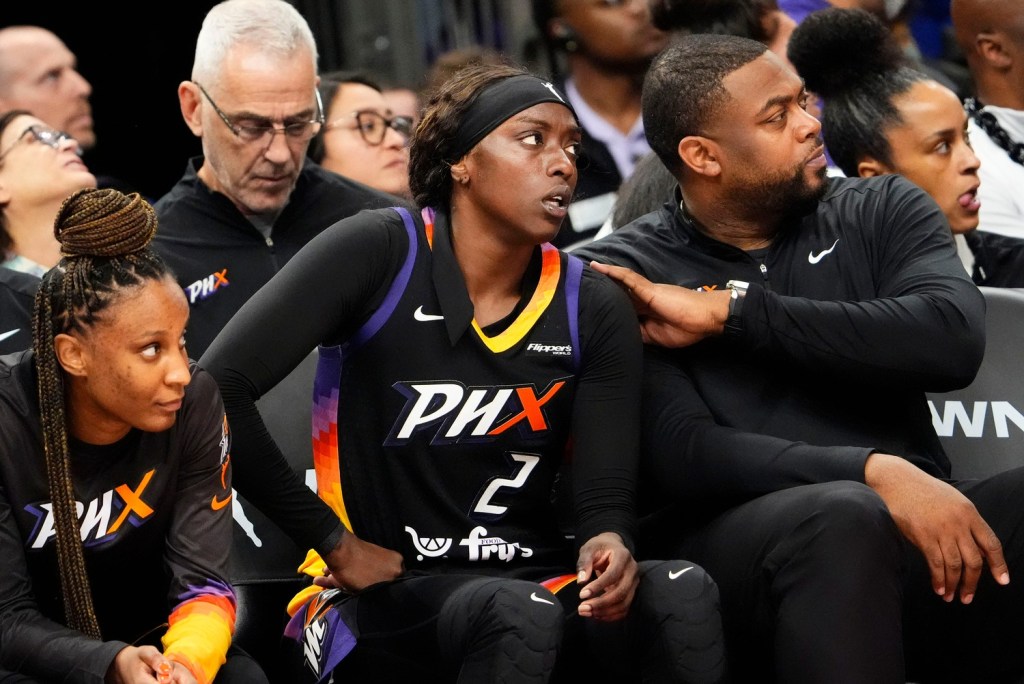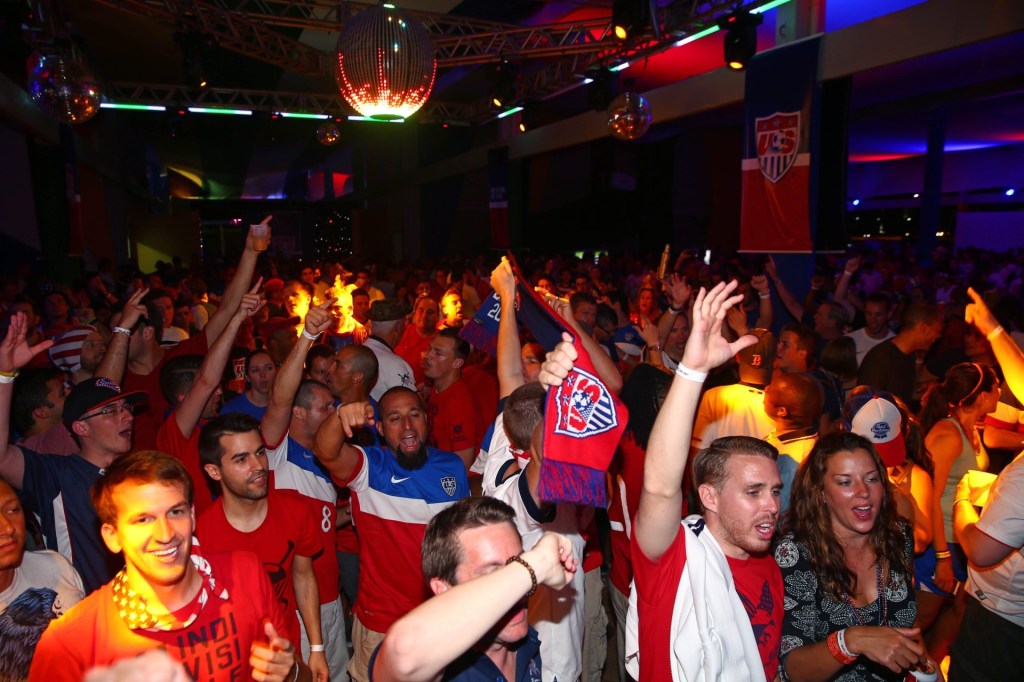Rob Manfred implemented some sweeping changes in baseball in recent years, including a pitch clock to make the game faster and more entertaining. He weathered the backlash and was ultimately proven largely right.
Now that Pandora’s box is open, Manfred is exploring what other things he can shake up.
Manfred, who’s been MLB commissioner since 2015, recently drew attention to the possibility of a “golden at-bat” rule that’s created “a little buzz” with MLB owners. (He made the comments to Puck’s John Ourand on a podcast in October, but the comments began garnering major attention after Jayson Stark dissected it in a recent column in The Athletic.)
Manfred said the golden at-bat rule would allow a team one at-bat per game to send up its best hitter regardless of their place in the batting order. He’s discussed the idea with owners, but added it’s only at a conversational stage right now.
Most of Manfred’s recent changes have been positive despite resistance from some baseball purists. The installation of the pitch clock, which was introduced in 2023 and limits pitchers to 15 seconds between pitches, has helped speed up games. Increasing the size of the bases and limiting the number of pickoff attempts for base runners have also brought more action without adding more time to the game. Attendance has grown since the changes took effect.
But not even the game’s commissioner can bat 1000. His three-batter minimum for relief pitchers as another attempt to shorten games hasn’t had the same breakthrough, especially after then-Cardinals pitcher Génesis Cabrera hit his first two batters during a game in 2021 and was forced to face one more before getting pulled.
If Manfred’s prior moves hadn’t hit the way they’ve had, the discussion of a change as seismic as the golden at-bat wouldn’t have lasted as long as it has. It doesn’t hurt the commissioner that the rule feels similar to the final at-bat of the 2023 World Baseball Classic, where Angels star Mike Trout struck out against then-teammate Shohei Ohtani to seal Japan’s victory over the United States.
It put two of baseball’s biggest generational stars in a high-stakes situation that the sport hasn’t seen the way the NBA has with Stephen Curry and LeBron James regularly facing off in the Finals. Except the golden at-bat would be an attempt to force those moments instead of letting them happen naturally.
Would Aaron Boone, who batted .267 in 2003, be a Yankees playoff legend for his pennant-winning home run against the Red Sox later that year had the golden at-bat existed?
The golden at-bat creates more issues than it could solve. What happens if it’s used on a player one spot ahead of their regular one? Do they bat again if they get out? What would it mean to the game’s sacred record books if a player breaks one due to an exorbitant amount of at-bats?
Should the golden at-bat rule go through, it could also lead Manfred to make tweaks to the changes he’s previously made. How would the golden at-bat rule work with the three-batter minimum? What if a team is out of mound visits when its opponent enacts the rule? Manfred could address some of these questions by giving the rule limitations.
Whether or not the golden at-bat discussion goes much further, maybe Manfred’s ability to spark debate over its feasibility is a win in itself.

















